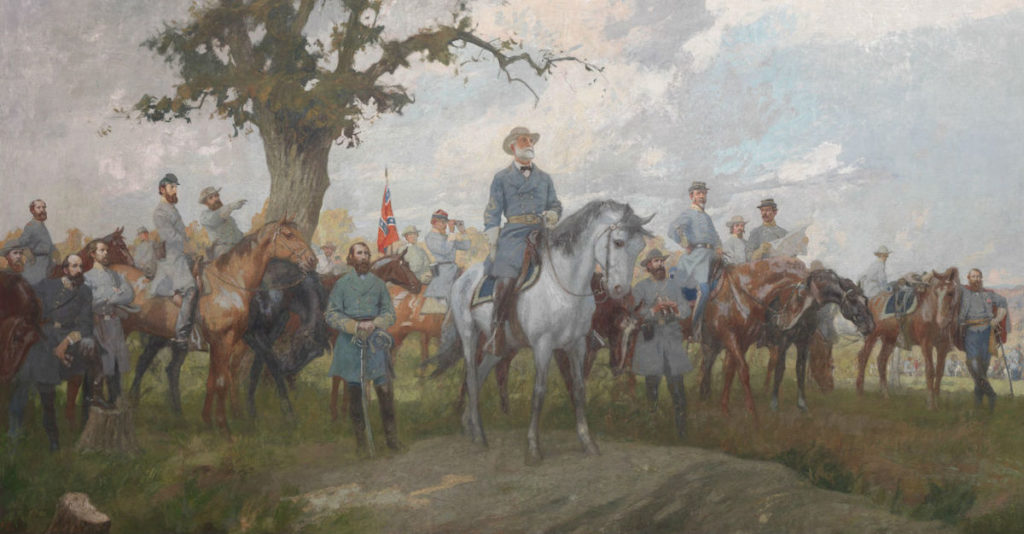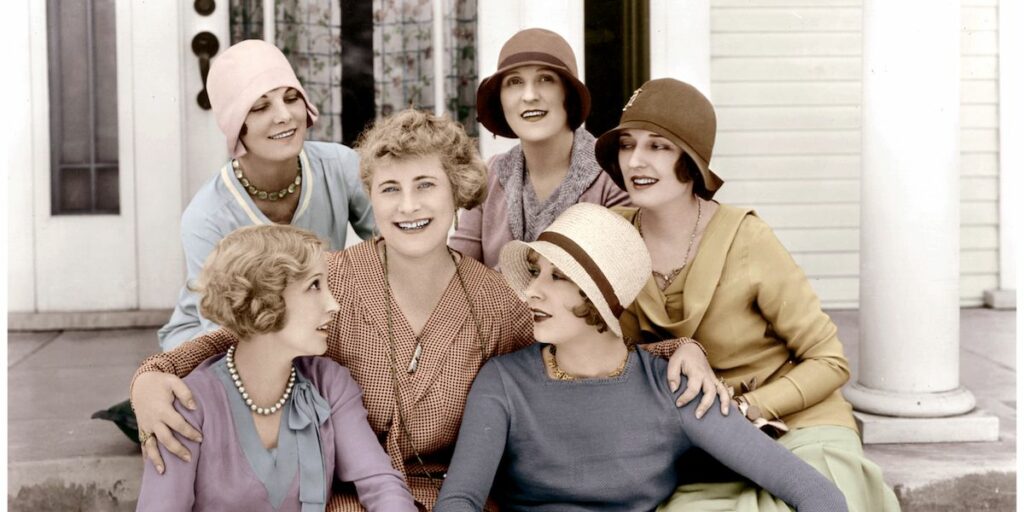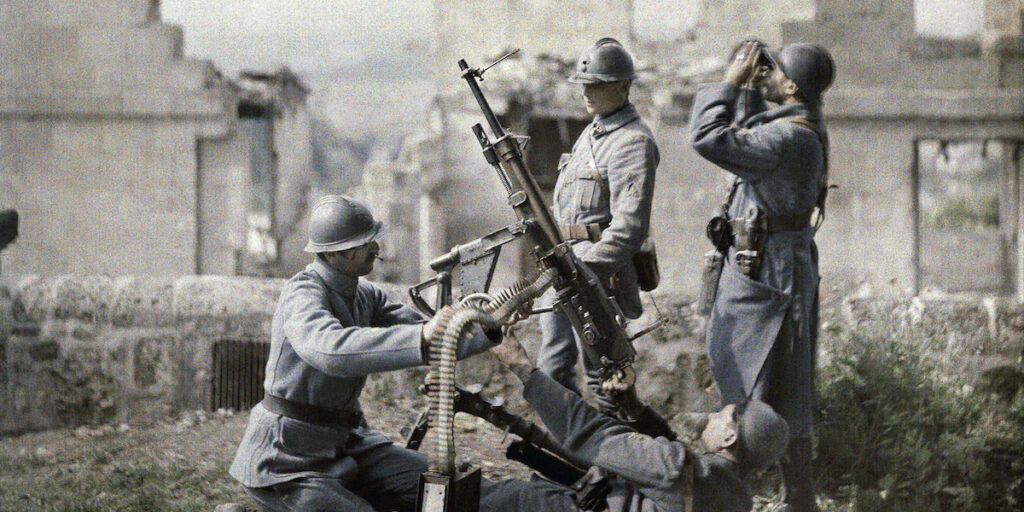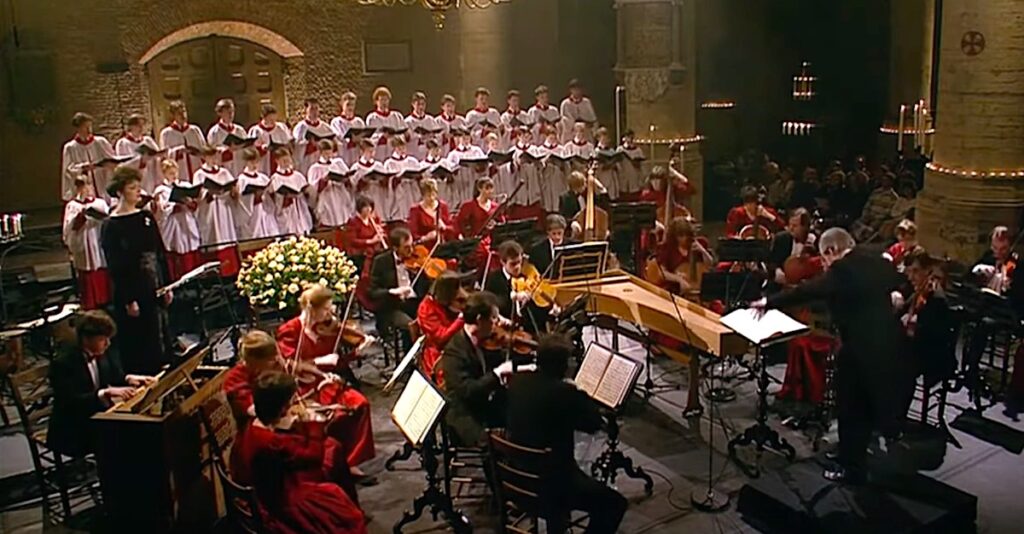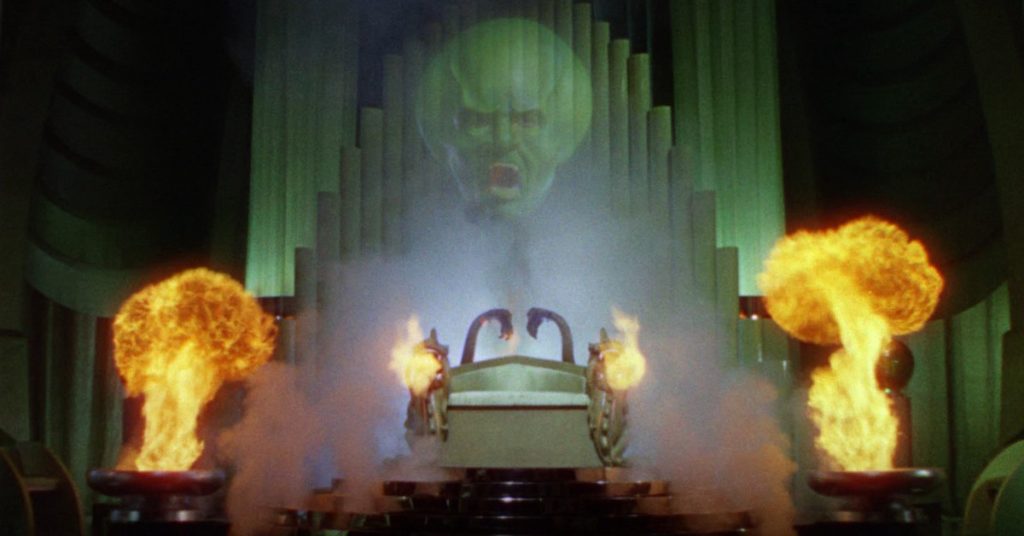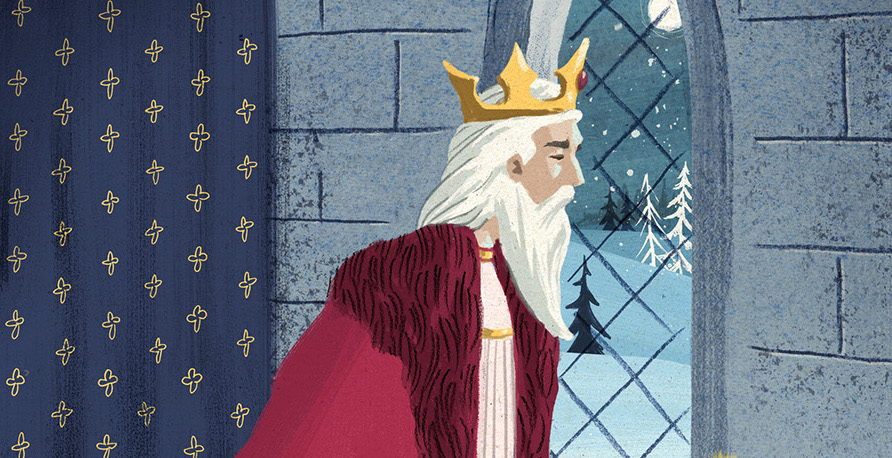
Celebrating Christmas with King Wenceslas
The song “Good King Wenceslas” has become a fixture among Christmas melodies. It tells the story of the benevolent King Wenceslas finding a poor commoner collecting wood in the snow. The king takes pity on him and brings the man to his castle, serving him a royal feast to celebrate St. Stephen’s Day together. Although people have sung the carol for centuries, the story this Christmas song tells has strong historical roots.
King Wenceslas was actually a real king, ruling over Bohemia (now the Czech Republic) in the early tenth century AD. The king was known for his virtue and dedication to the Christian faith from his boyhood. His parents disapproved of Christianity so at night he would sneak priests into the castle to instruct him about the Bible. When he became king he made it his purpose to care for the widows, orphans, and slaves, living out the Gospel to the best of his ability in every area of his life.
A Good King
King Wenceslas was also incredibly humble and didn’t want anyone to know about his generosity. For example, he had the habit of going into the forest after dark to chop down wood to give to the poor. His forester realized that someone was chopping down the royal trees and brought it to Wenceslas’s attention. Wenceslas, in an attempt to keep his actions a secret, said that if the forester caught the man taking wood he could beat him, but then let him go and allow him to continue in his labor. The forester later came upon Wenceslas as he was working in the forest and, not recognizing him, gave him a sound beating, to which Wenceslas quietly submitted.
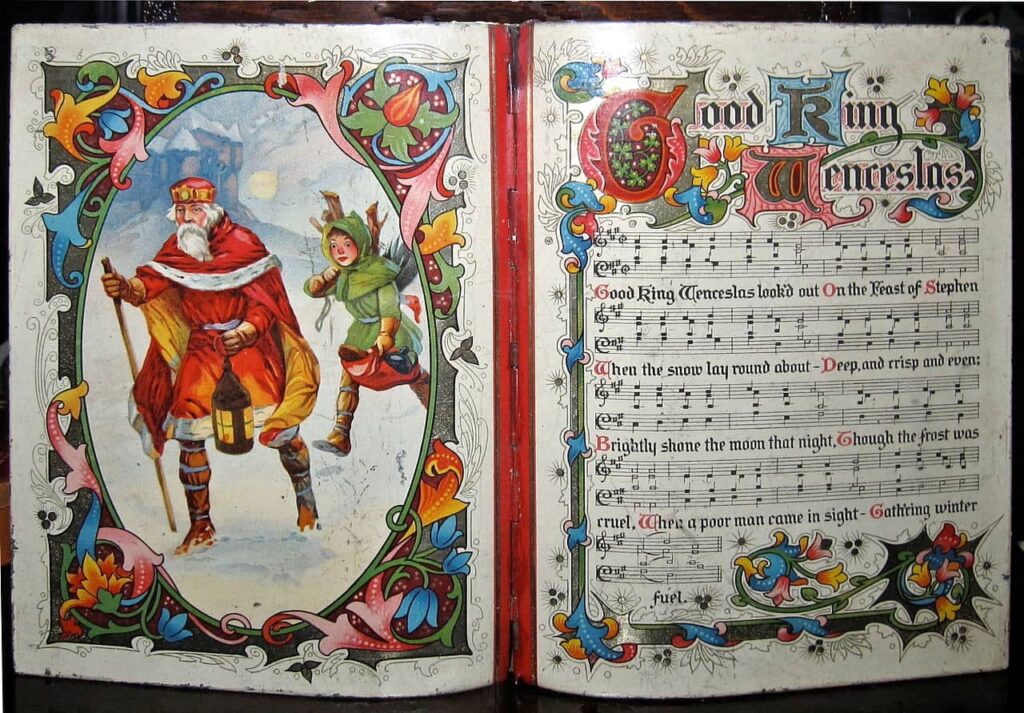
Sadly, Wenceslas’s reign was all too short—his brother assassinated him to take the throne after only four years. But the stories of his humility and kindness live on, with many still celebrating Boxing Day (the modern version of St. Stephen’s day) as a day to “box up” everything one doesn’t need and give it to those who do.
This Christmas you can remember King Wenceslas by making Vánočka (pronounced VA-nutch-kuh), a traditional Czech Christmas bread symbolic of the swaddled baby Jesus. Share it with your friends and neighbors in the true spirit of the legendary king!
*This recipe is adapted from Petra Kupská’s blog Cook Like Czechs. You can find the original version here.
Vánočka
- 2 1/2 c. flour
- 2/3 stick butter, melted
- 1/3 c. sugar + 1 Tbsp.
- 1/3 c. blanched almonds, chopped + some whole to garnish the Vánočka
- 1/3 c. raisins (traditionally they are soaked in rum, but you can also soak them in apple juice)
- 1 1/2 tsp. instant yeast
- 1/2 c. milk, room temp.
- 1 egg, room temp.
- 1/2 tsp. vanilla extract
- 1 Tbsp, lemon zest
- 1 egg (for egg wash)
- 1/2 tsp. salt
Directions
- In a stand mixer with a paddle attachment, add flour and create a well in the middle. Pour in 1 Tbsp. milk, 1 Tbsp. sugar, and yeast into the well and mix carefully so that everything in the well is combined (it’s ok if a little flour gets mixed in too). Place in a warm area for 30 minutes to activate the yeast.
- After the 30 minutes are up, add the milk, butter, and egg into the flour mixture and mix on low until just combined. Add the rest of the sugar, the lemon zest, vanilla extract, and salt, and mix on low until combined, then on medium-low to knead for 8 minutes. (Add five minutes kneading time if you’re kneading by hand). Just before the time is up add the raisins and almonds and combine.
- Place dough in a lightly greased bowl and cover with a cloth. Let rise for at least 30 minutes to an hour, until almost doubled in size.
- Line a baking sheet with parchment and set aside. Place dough onto lightly floured surface and divide into two pieces with one slightly larger than the other (60/40 split). Take the larger piece and cut into three sections, then roll into thick ropes. Braid the ropes into a simple braid and place on the baking sheet, then repeat with smaller section.
- Place the smaller braid on top of the larger one and tuck the ends under to keep the braids in-tact. Take three skewers and stick them in the middle and both ends of the braids to help the dough maintain its shape.
- Cover the dough with a towel and let rise for at least 1 hour or until doubled in size.
- Preheat your oven to 325 degrees F and make the egg wash by whisking the egg together with 1/2 Tbsp. water in a small bowl.
- Brush egg wash over bread and sprinkle with the rest of the almonds. Place in oven and bake for 40-50 min. (If it’s getting too golden while baking just cover it with aluminum foil to keep it from burning on top.) The bread will be finished when it sounds hollow when tapped and a wooden skewer comes out clean.
- Remove bread from oven and place on wire rack to cool. Sprinkle with powdered sugar and serve!
Cooking Along with History
Cooking historical Christmas recipes like these can be part of the Hour Project, a student-favorite of our Christendom history curriculum. Kids love to make their learning of historical figures like King Wenceslas tangible! Instructor Dave Raymond uses stories to introduce a worldview approach to history, and encourages students to explore their God-given gifts as they explore on their own.
Visit one of Dave Raymond’s history courses and try a sample lecture today!

